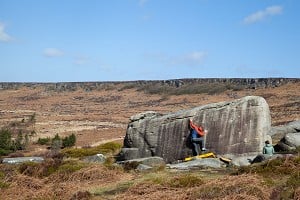
As a measure of how well I get on with the Vega jacket, I've had three of them over the years, and have climbed a significant (for me) route in each of them. This midweight down jacket is a great option if you're looking for something pretty warm but not too bulky.
Mountain Equipment kindly gave Tom Livingstone (before he was famous) and myself a green Vega to take to Alaska in 2012. The jackets kept us warm during our ascent of the Cassin Ridge, and to my mind they were basically a perfect piece of kit for the job, warm enough without being too heavy and bulky when climbing. A few of years ago I reviewed a later model here on UKC/UKH - subtly different, but basically the same jacket. I wore it, among other places, on the North Wall of the Eiger, again with Tom Livingstone (by this point quite famous).
This winter I've been using the latest iteration of the Vega jacket, in a fetching navy and spearmint combo. So far the significant climb (for me) in this Vega has been the Supercouloir on Mont Blanc du Tacul. Whilst the latest version is still a great down jacket there are a few noticeable differences. Most of these don't hugely matter. The essentials remain the same, which is a good thing since the original worked really well in its role.
What is it?
The Vega and its direct women's equivalent the Sigma are midweight hooded down jackets, towards the warmer end of the scale for middle-weights. Weighing 650g (size L), the Vega is filled with 245g (in size L) of high quality 800 fill 90-10 European goose down - about 10g more than the previous version. As before, it uses a windproof and highly water resistant 30D Drilite Loft outer. The down is held in stitch-through baffles, which is a simpler, lighter and less expensive construction than some alternatives. A potential downside of stitch-through baffles is that they lead to cold spots at the stitching; I can't say this has ever felt like an issue in a Vega.
The jacket has two insulated hand warmer pockets, two internal stretch mesh drop pockets (a new addition), a double YKK Vislon zipper, with a press stud at the bottom, and a helmet compatible hood. Annoyingly, considering the previous two versions had this feature, it lacks an internal zipped chest pocket - something I find handy for keeping things like lip balm and lighters in. It comes with a stuff sack, which is noticeably more refined than previous versions. I think I've lost it; I never stuff down jackets away as it makes them easy to drop, harder to pack, and slower to put on.
In use
Balacing warmth with packability, the Vega won't suffice on Vinson or K2 in winter (for that try an Annapurna or similar), but I would say it is a perfect choice for the climber or mountaineer who wants a medium-weight jacket in terms of its packability, but one that's got enough insulating performance for cold dry places like the Alps in winter, Alaska in the spring, or 6000m peaks in Nepal in the autumn. The Vega would also be a good option for ski touring early season, but normally by the traditional hut to hut spring season I think a jacket of this weight would become massively overkill. You could use it Scottish winter climbing or walking, though personally I prefer a thinner synthetic jacket when climbing there.
However I do think the idea that down jackets don't work in the UK is simplistic. Of course, you wouldn't want to use a down jacket if it's above freezing, but in my experience winter climbing and hillwalking are not much fun above freezing anyway (time to head to the pub). Still, down jackets don't stop working if they get a little damp, they're just a bit less warm. For something like a Scottish winter bothy or bivvy trip, the Vega would actually be ideal. If your down jacket does get damp then air dry like you would any other item of clothing. If it gets saturated, wash it and tumble dry it on low, with a couple of tennis balls.
Lest we forget, most of the time your posh down jacket is going to be worn in civilisation, not up a distant mountain. For this the Vega is quite smart, and wouldn't look out of place at the Kendal Mountain Festival or downtown Chamonix - though I'm not sure the spearmint/navy combo I've got is the most timeless of colourways!
Fit
At 180cm and 80(ish)kg I tend to fall somewhere between sizes Large and Medium. This time I opted for a Large, which on me does well as a belay jacket style fit over all my other clothes. If I wanted a closer fit, Medium might have worked on me. The jacket has a nice long cut that comes down over my bum and crotch - two areas which I like to be well insulated! The arms are long and the jacket is cut well for climbing, meaning the hem doesn't lift too much when I'm lifting my hands up.
The hood
As you would hope from a climbing-oriented duvet jacket, there's a large helmet-compatible hood. This zips right up to your nose, keeping the worst of the weather out. The hood on the previous Vega was a bit more sexy as it had internal elastic that would fit snugly over a hat, and still stretch over a helmet without being restrictive. It was a very clever design but I imagine quite expensive to manufacture. I presume in an attempt to keep costs down Mountain Equipment have reverted to a more traditional hood, with a Velcro tab that can be used to reduce volume if required. In my view the simple hood functions just as well as the sexy one on the older jacket. There's a bit less down in the new hood, making it less bulky than formerly.
Ethics and environment
Like all ME products the Vega is made in a Fair Wear-audited factory. The lining fabric is 100% recycled, and treatments are Fluorocarbon-free. The down is RDS 3.0 certified and comes from a Down Codex audited source.
Verdict
While it is not the ultimate in insulation for polar or high altitude expeditions, and not as technical as something like the Kryos, the Vega (and Sigma for women) succeeds in its niche by balancing quite a lot of warmth with not a lot of weight, and as such it represents the pinnacle of Mountain Equipment's stitch-through-style jackets. This makes it a great technical down jacket perfect for cold climbs and mountaineering trips in far away places, and with plenty of potential in the UK winter too. Most of the changes from the previous model are cosmetic but the loss of a zipped inside chest pocket is a retrograde step in my opinion. At £450 the jacket doesn't come cheap (does anything these days?) but it's in line with similar products, and if well looked after the Vega should last for a very long time. My 2012 Vega is still going strong despite lots of use.

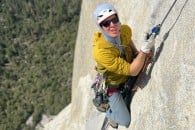

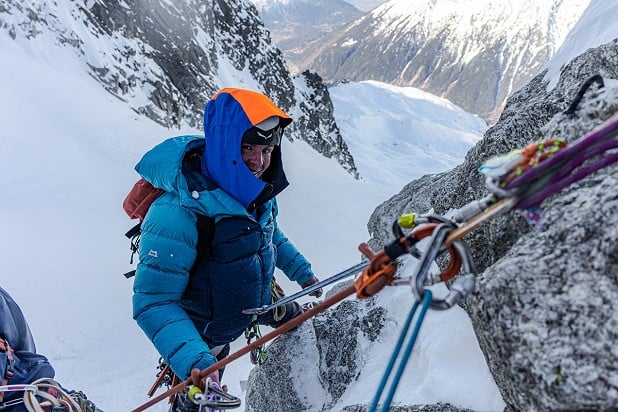
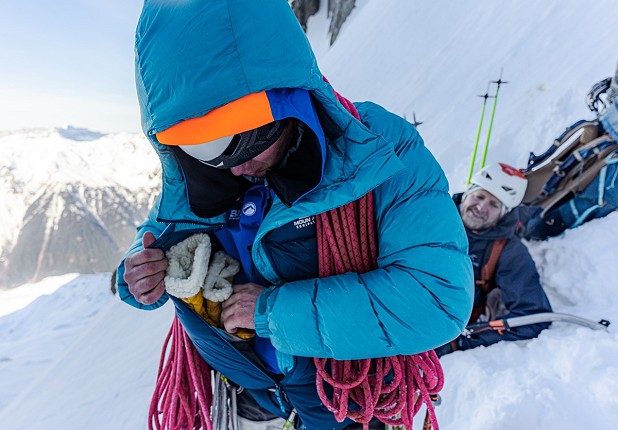
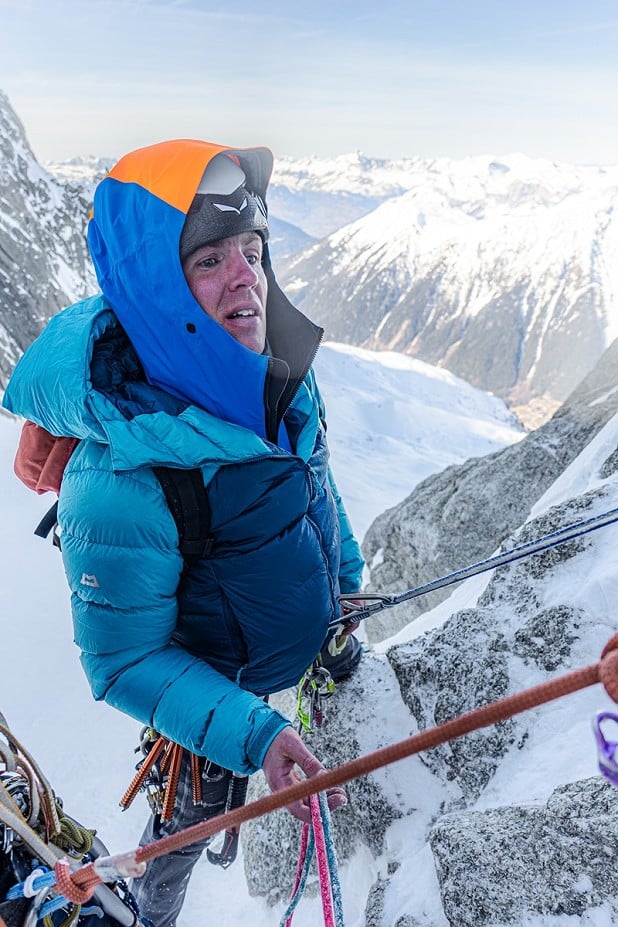
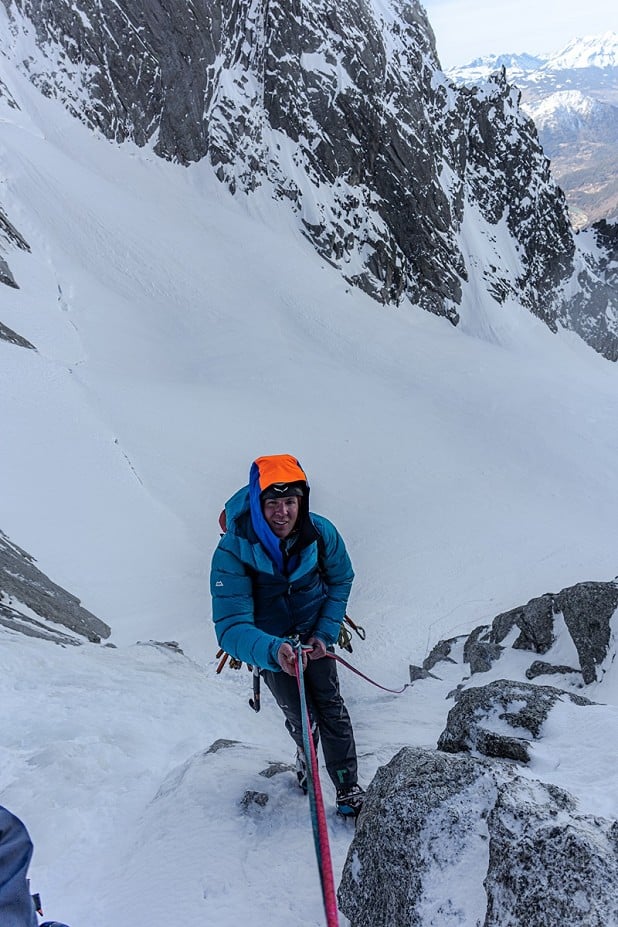
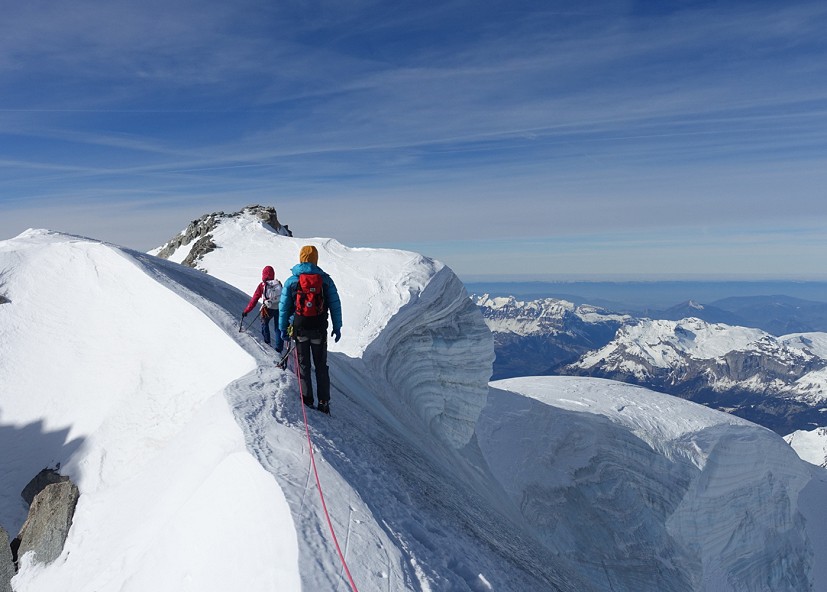
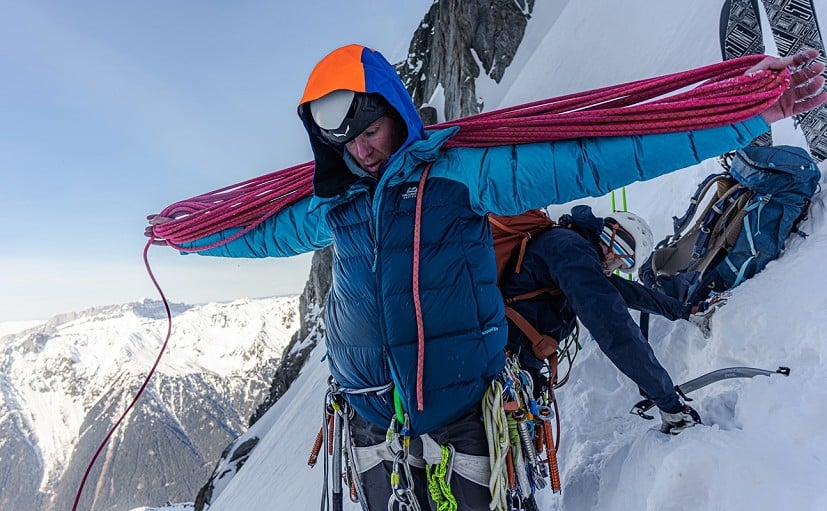

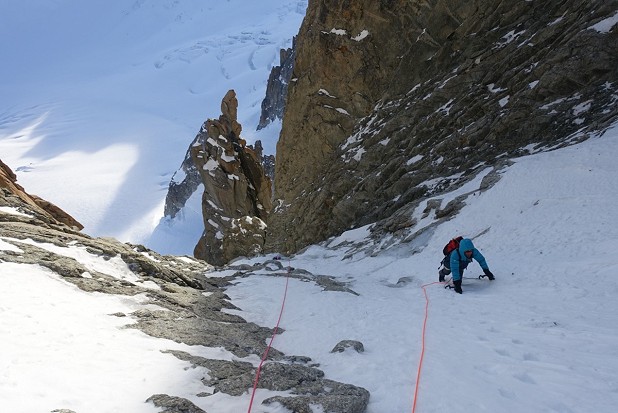
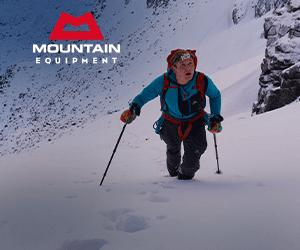

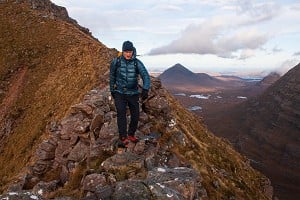



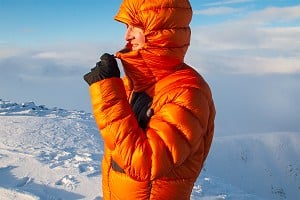

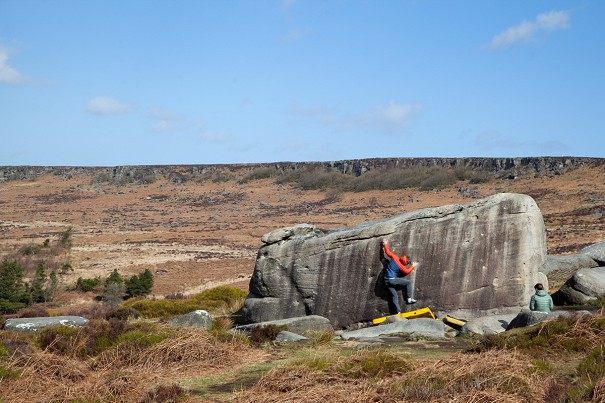


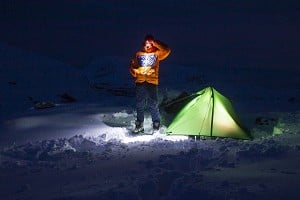
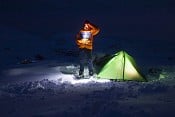
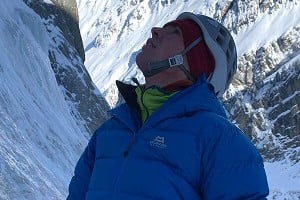
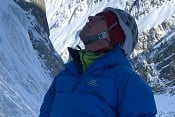


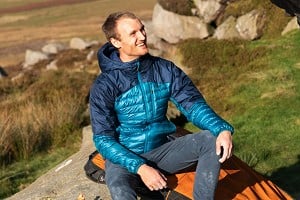

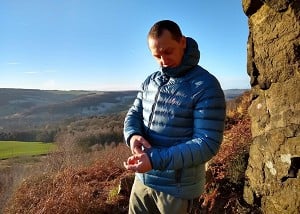

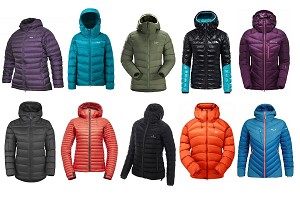
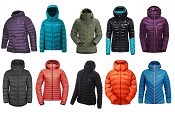
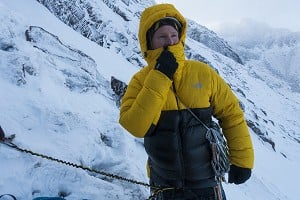
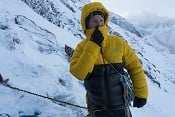
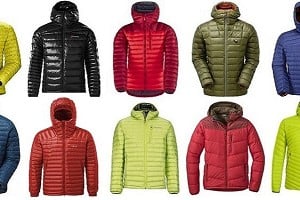
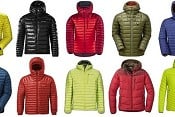
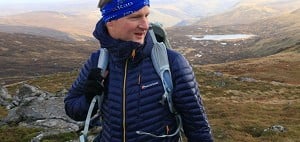

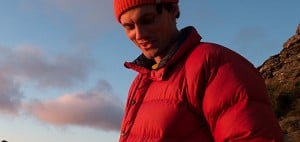



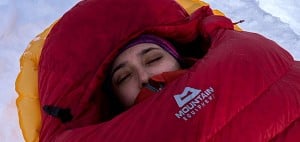



Comments